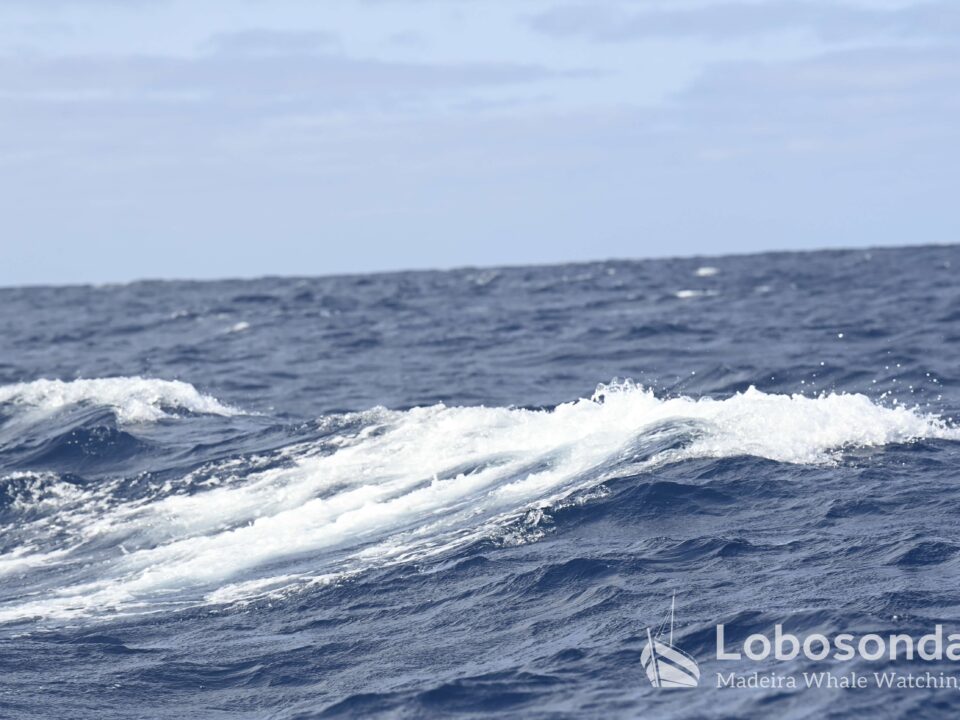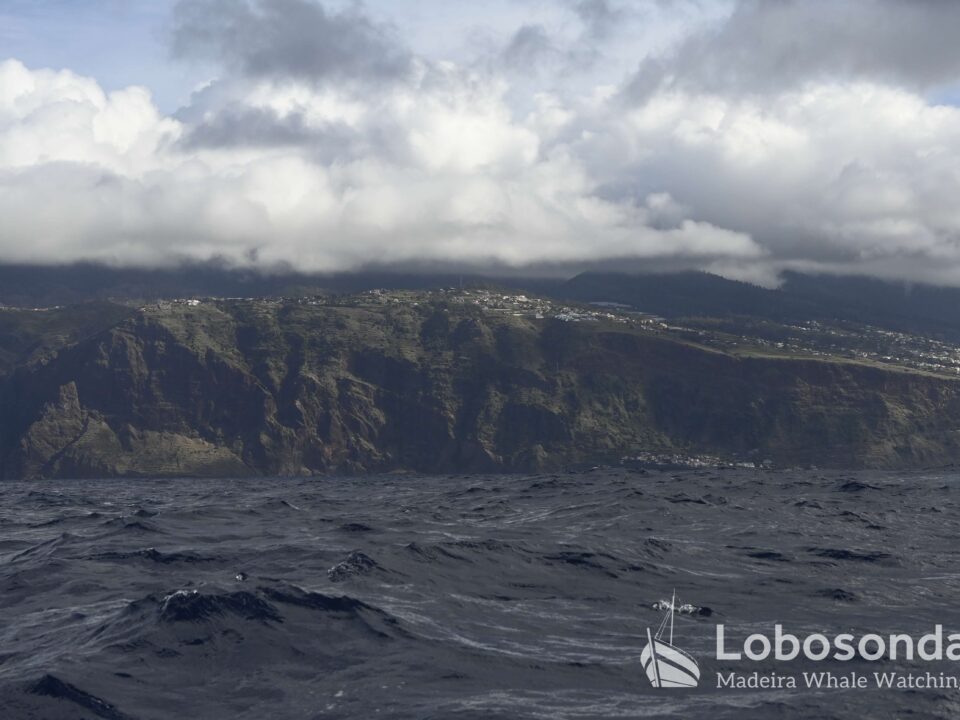
22.05.2019 – Elegant escape technique
June 6, 201925.05.2019 – Something for body and soul
June 8, 2019The cetaceans we seek out on the ocean are all voracious predators that hunt both at the surface and at larger depths using a variety of feeding methods and hunting strategies. Dolphins, for instance, engage in coordinated hunts that include zapping their prey using their biosonar, emitting air bubbles from their blowhole and breaching at the surface. Some dolphins even use tools to hunt, with the most famous example being the Indo-Pacific Bottlenose dolphins (Tursiops aduncus) of Shark Bay in Australia that use sponges to protect their beaks as they forage for prey in the sediment. Irrelevant of which prey thy pursue, dolphins are clever and nimble hunters that intimidate and confuse their prey to make them more vulnerable. These hunting strategies are usually taught to the youngsters by their mothers and are then reinforced and modified as the animals mature. Today we witnessed brief hunting behaviour within a nursery unit of Short-beaked common dolphins (Delphinus delphis). Calves the size of bowling pins were speeding after a small school of mackerel, prompting the fish to seek shelter beneath the hull of our traditional boat.
Unfortunately for the mackerel, such hiding places can not mask them from the sophisticated biosonar of the dolphins but, in most cases, seeking shelter under drifting objects at the waters surface has been an evolutionary adaptation for a lot of marine animals that attempt to hide from lurking predators in the open ocean. A boat, a piece of debris or even a Loggerhead turtle (Caretta caretta) can serve as a temporary shelter and the crustaceans colonising its surface as a little snack.
Although most cetaceans, particularly toothed whales, are able to enjoy their position at the top of the food chain, they are still vulnerable to predators such as larger cetaceans or oceanic sharks during certain stages of their lives. The Blainville’s beaked whales (Mesoplodon densirostris) prefer to be on the safe side of things and only begin to communicate in the deep ocean to avoid predation by larger cetaceans. It’s an evolutionary game-changer in the unforgiving circle of life when the hunter becomes the hunted…
By Paula Thake
Sightings of the day
Ribeira Brava
14:30 Blainville’s beaked whales, Short-beaked common dolphins
Stenella
15:00 Blainville’s beaked whales, Short-beaked common dolphins





















